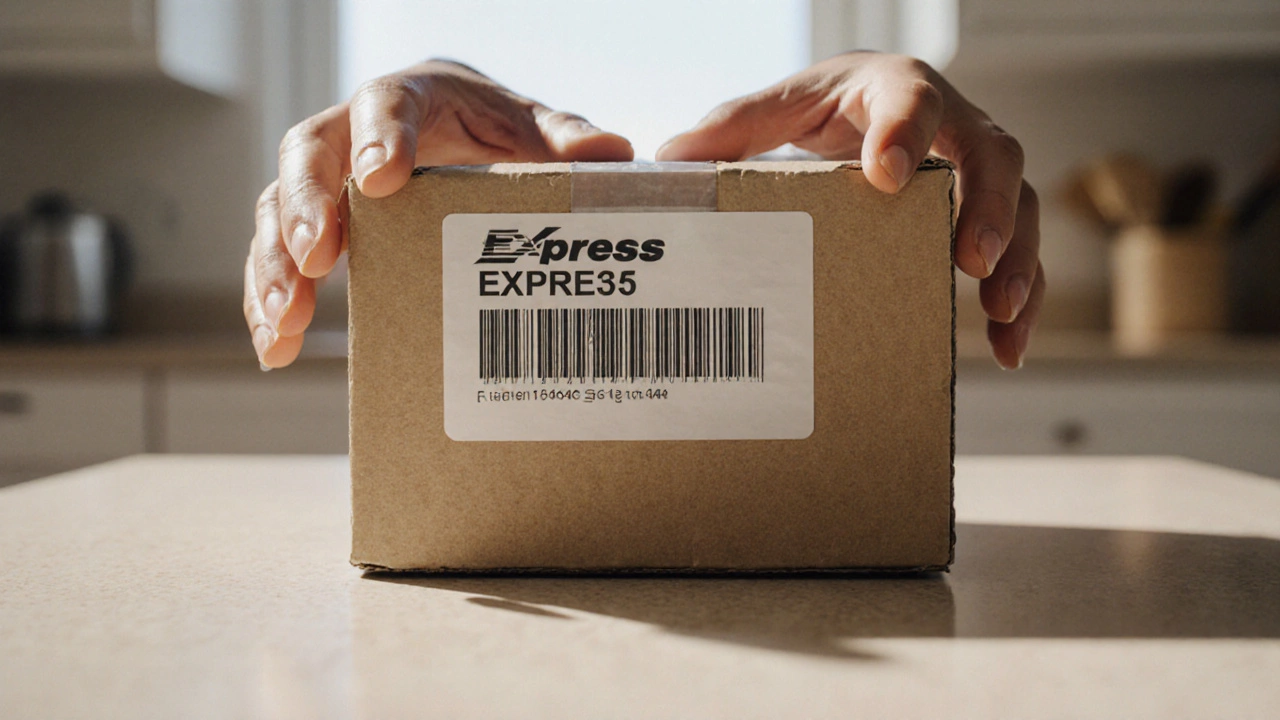Shipping Tracking: Real‑Time Visibility for Every Delivery
When you need to know exactly where a package is, shipping tracking, the process of monitoring a parcel’s location and status from pickup to delivery. Also known as parcel monitoring, it lets senders and receivers stay informed. It works hand‑in‑hand with parcel tracking, real‑time updates about a single item's journey and relies on courier services, companies that physically move packages across the network. The final stretch, known as last mile delivery, the step from a local hub directly to the customer’s door, often determines the overall experience. In short, shipping tracking encompasses parcel tracking, requires courier services, and last mile delivery influences shipping tracking outcomes.
Why Real‑Time Tracking Matters for Businesses and Shoppers
Today’s customers expect to see a live map of their order’s route. Real‑time tracking fuels that expectation by turning a static shipment number into a dynamic story. For e‑commerce firms, the data helps cut support calls—if a shopper can see the exact ETA, they’re less likely to email or call. Logistics managers use the same feed to spot bottlenecks; a delay at a sorting hub shows up instantly, prompting a reroute before the package misses a deadline. The technology behind the scenes often includes GPS‑enabled devices, barcode scans at each checkpoint, and cloud‑based dashboards that aggregate the info. When paired with a robust API, businesses can embed the tracking view directly into their checkout pages, turning a simple order confirmation into an interactive experience. This integration not only builds trust but also creates opportunities for upselling—think “schedule a delivery window” offers that appear once the parcel reaches the local depot.
Despite the benefits, getting the most out of shipping tracking requires a few best‑practice steps. First, always verify that the courier you choose supports end‑to‑end visibility; some budget carriers only update at major hubs, leaving a blind spot in the last mile. Second, keep your tracking numbers clean—typos or extra spaces can break the lookup. Third, educate your customers about what each status means; “out for delivery” can mean the driver is still a few miles away, not that the package is on the doorstep. Finally, monitor the accuracy of the ETA; if the system consistently over‑promises, adjust the algorithm or add a buffer. By treating tracking data as a performance metric rather than a side feature, you turn a simple service into a competitive advantage.
Below you’ll find a curated collection of articles that dive deeper into each of these areas. From the nuts and bolts of pallet delivery costs to the latest overnight shipping price battles, the posts cover everything you need to master shipping tracking, understand related logistics concepts, and apply the insights to your own operations.
Is Express a Real Shipping Company? How to Verify and What to Do
Find out if Express is a legitimate shipping carrier, how to verify any logistics firm, and steps to avoid shipping scams while protecting your packages.
© 2025. All rights reserved.

